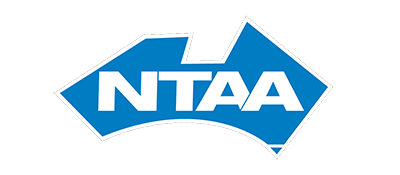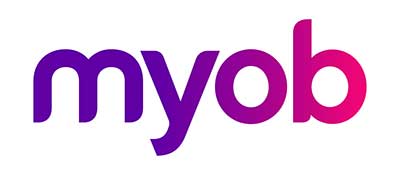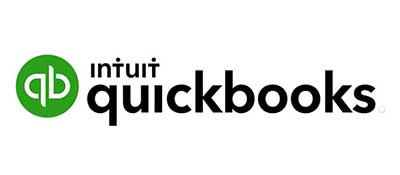If there’s one word to describe 2020, it has to be unprecedented (you might have a different word!). I could go into detail about some of the reasons as to why that is, but I think you get the gist. One change this year, for obvious reasons, is the government releasing its 2020/2021 budget in October, rather than May. I thought it would be worthwhile summarising some of the important changes from last night’s (6/10/20) budget announcement:
Personal Income Tax Cuts
Personal income tax rates were already forecast to reduce over the coming years, but the government has brought some of these changes forward to apply from 1 July 2020. The new income ranges and applicable tax rates are summarised below:
- $0 – $18,200 -> 0% tax
- $18,201 – $45,000 -> 19% tax (previously was $18,201 – $37,000)
- $45,001 – $120,000 -> 32.5% tax (previously was $37,001 – $90,000)
- $120,001 – $180,000 -> 37% tax (previously was $90,001 – $180,000)
- $180,000+ -> 45% tax
The above tax rates don’t include the 2% Medicare Levy which is also payable by most Australians.
My thoughts – this is welcome and significant tax relief for the majority of working Australians. Given that these tax cuts have been backdated to 1 July 2020, I expect a lot of Australian employees (that didn’t lose their jobs) will get a larger than normal tax refund on their 2021 tax return. As a nation, we’re going to be paying for all these government initiatives for many years to come.
Higher Personal Income Tax Offsets
An income tax offset directly reduces the amount of tax someone has to pay. There are two simple income tax offsets available to individual taxpayers. These are purely based on the taxable income of the relevant individual:
- Low Income Tax Offset – this is a maximum of $700 (increased from $445) and will apply from 1 July 2020. Individuals can now earn up to $45,000 in the 2021 financial year and still receive this tax offset in full. Individuals with taxable incomes of $45,001 – $66,666 will still receive a partial offset.
- Low and Middle Income Tax Offset – this is an additional tax offset introduced by the Liberal Government from the 2019 financial year. Individuals with taxable incomes of $37,000 – $126,000 will receive at least some of this offset, with the maximum offset of $1,080 being available to those earning $48,000 – $90,000. The government has confirmed this offset will continue to be available for the 2021 financial year.
My thoughts – again, this is welcome tax relief. Although these tax offsets aren’t substantial, most Australian employees will be able to access them to some degree.
JobMaker Hiring Credit
The Government intends to introduce a scheme to encourage employers to employ additional young employees from 7 October 2020 onward. Each business will receive $200 a week for employing additional staff aged 16 to 29, and $100 a week for employing additional staff aged 30 to 35. Businesses will be entitled to these credits for additional employees employed between 7 October 2020 & 6 October 2021 and will be able to claim them for up to 12 months. Businesses will receive these credits quarterly in arrears.
Most employers will be eligible for this scheme without having to meet any decline in turnover tests, provided they are not claiming JobKeeper at the time. Employee eligibility is as follows:
- Employees can be employed on a permanent, casual or fixed term basis
- Employees must satisfy the age criteria at the time their employment started (i.e. 16-29 for the full rate, 30-35 for the reduced rate)
- Employees must work at least 20 hours on average, per week
- Employees must have received JobSeeker, Youth Allowance or the Parenting Payment for at least one out of the last three months before they were hired
- Employees can’t have previously been employed by the relevant employer
My thoughts – given this is a maximum credit of $10,400 per employee, this is a great incentive for businesses to rebuild and increase their workforce over the coming year. It’s also good news for any young Australian that’s been looking for a job. Employers intending to utilise this scheme should be careful to ensure the potential employee satisfies all of the eligibility criteria.
Temporary Loss Carry Back for Eligible Companies
The Government intends to introduce a measure so that companies with a turnover of < $5 billion are able to recoup income tax paid in or after the 2019 financial year. Where these companies make a taxable loss in the 2020, 2021 or 2022 financial years, they will be able to generate a refundable tax offset to get back some/all income tax the company has paid since 2019. These tax offsets will be limited to the balance of the company’s franking account at the time.
My thoughts – this is a great way for previously profitable companies to lessen the cash flow impact of COVID. This measure looks suspiciously similar to a Labor policy legislated in 2013 but axed in 2014 by the Abbott led Liberal Government.
So, as you can see, the above measures are likely to be of genuine help to both employers and employees alike for the coming year(s). It’s worth pointing out that at this stage they are just announcements – they aren’t actually law yet. The legislation still needs to be drafted, debated and then approved by both houses of parliament. There’s a possibility some of these things will be changed along the way. That being said, I don’t anticipate Labor will play too many political games in relation to these policies.








